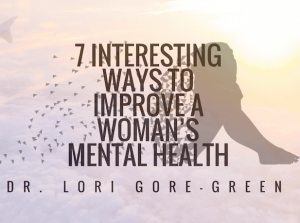During the time that you are menstruating, there’s a possibility you may develop an ovarian cyst and not even realize it. But before you start to worry, realize that ovarian cysts are usually harmless. In some cases, however, ovarian cysts can cause pelvic pain and lead to more serious complications. To be more knowledgable on the matter here’s everything you need to know about this common cyst.
Ovarian cysts form relatively easily.
Under normal circumstances, one of your ovaries will wrap an egg in a follicle and release the egg into the fallopian tube every month. The follicle will typically dissipate and absorb into the body. In the case that the follicle does not release the egg, it can become bigger and develop further into a follicle cyst. Another type of cyst, a , can form after the follicle combusts and releases the egg. Theses cysts, however, can bleed and cause women pain in the pelvic area. These types of cysts are relatively small (1 to 2 millimeters) and will typically resolve itself in a few weeks.
A dermoid cyst can be more serious, but they are not common.
A starts to form when the cells in an ovary start to divide but haven’t been fertilized. This type of cyst isn’t as common a the cysts mentioned above, but they can grow relatively large, up to four inches. Due to how big these cysts can get, they often have to be surgically removed.
Normal ovarian cysts often do not display any symptoms.
Ovarian cysts usually don’t trigger any symptoms and will often go away on their own. A corpus luteum cyst may result in some minor bleeding, but follicle cysts won’t change your menstrual cycle.
However, there are severe symptoms of ovarian cysts, such as fever, nausea, and vomiting, which are usually the result of infection. If this is the case, see a doctor immediately.
Ovarian cysts can be found during a routine gyno visit.
Women typically find out if they have an ovarian cyst during a routine gyno visit, during a pelvic exam, or during an ultrasound. Women who are experiencing pelvic pain will usually make an appointment with their doctor anyway, and they will most likely find the root of the problem.




